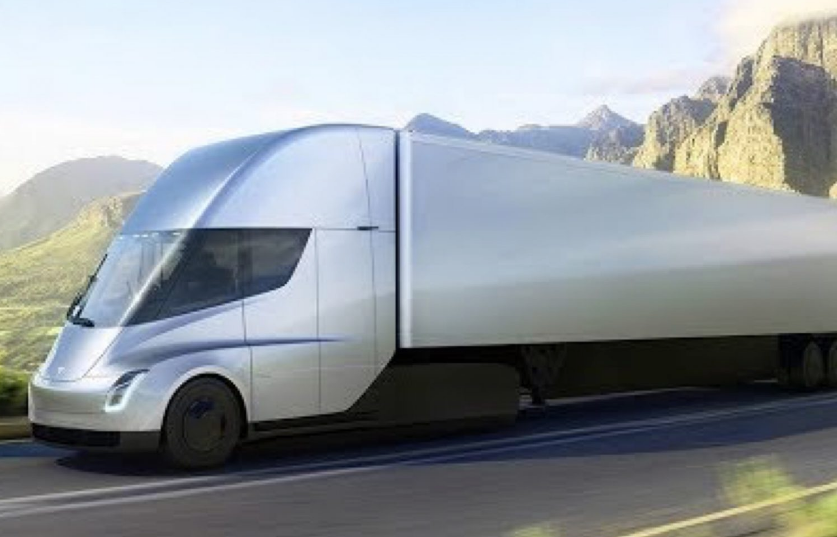Class 4-8 Electric Vehicles to Top 100,000 by 2035
Driven by a combination of advances in battery technology, environmental considerations and government policy, and the potential for significant operational cost savings, commercial electric vehicles (CEVs) are anticipated to grow from a small beachhead today to a significant share of the Classes 4-8 market in the far years of the study horizon (2030 and 2035).
The finding come from ACT Research, which recently released its landmark study, Commercial Vehicle Electrification: To Charge or Not To Charge.
“We believe that electrification will offer a competitive solution for an increasing number of commercial vehicle segments as we look to the decade ahead and beyond,” said Jim Meil, Principal, Industry Analysis for ACT. Meil noted, “Initial adoption will likely be in shorter-range hauls with frequent stops and starts, regular and predictable routes, and daily return-to-base for overnight charging types of operations. Early adopters will tend to be in medium duty and highly specialized Class 8 applications that make the current limitations of battery storage technology more manageable.”
Regarding more distant time horizons, Meil commented, “As battery technology advances with chemistry and design upgrades, performance will improve, costs will drop, and a wider range of applications and duty cycles will open. We see shares reaching about 20% for medium duty and double digits for Class 8 as a ‘most likely’ case by 2035. In favorable case circumstances – such as oil and diesel prices escalating as they did in 2005, 2009 and 2011 – market take rates for CEVs could get to one-third or higher, depending on the segment.”
The Commercial Vehicle Electrification: To Charge or Not To Charge study addresses client questions such as:
• What is the most likely trajectory for battery costs in the years ahead?
• Will the availability of key materials for battery manufacture, like cobalt and lithium, hinder the development of CEVs through higher cost or limited supply?
• Which market segments will see the fastest migration to electrification? Which will be the slowest? Why?
• How sensitive is the CEV market growth curve to changes in fuel prices? Electricity costs? Battery costs?
• What role will governments (federal, state/provincial, local) play in CEV sales through subsidies of electric vehicle purchases or limitations on internal combustion engines?
• What will be required in terms of utility infrastructure to make wider adoption of electric vehicles possible?
• What do customers and operators see as competitive advantages and drawbacks for CEVs?
Category: General Update, Green, News










